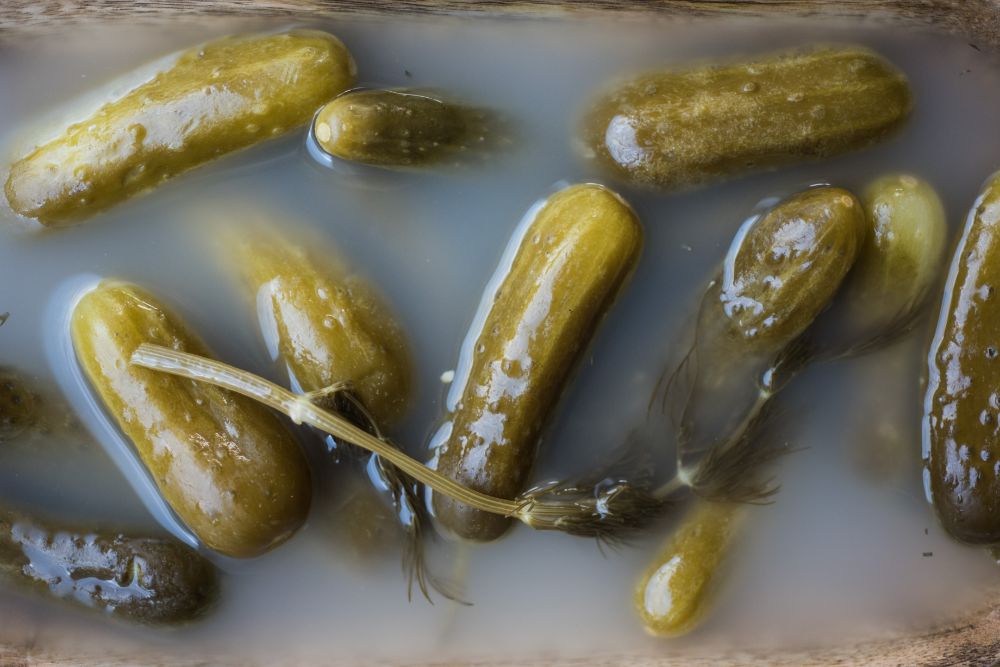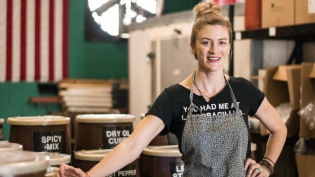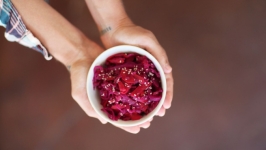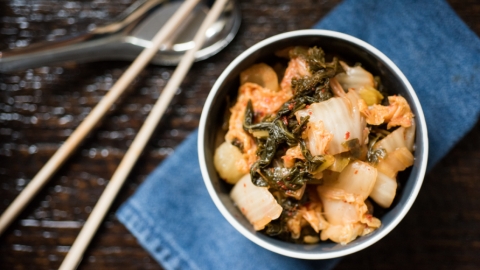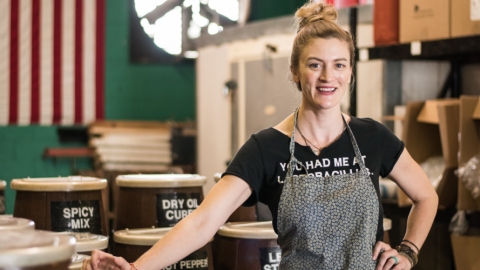The Basics of Lacto-Fermentation
Fermentation predates refrigeration and industrialized food-processing by thousands of years. Although it’s a simple, “low-tech” process that anyone can master, it’s not always easy to achieve reliable and consistent results. There remains some mystery around the process, which is often aptly described to be as much of an art as a science.
Lacto-fermentation is a fermenting method that uses salt to transform fresh vegetables into preserved foods. Compared to pickled vegetables that rely on vinegar, sugar and/or heat-canning preservation, lacto-fermented vegetables take on specific taste components and nutritional and health characteristics through the use of salt. The full name is lactic-acid fermentation, shortened to lacto-fermentation, shortened to fermentation. ‘Lacto’ makes people think there is milk involved (more specifically whey -- since whey is used as a starter in other fermenting traditions, like Eastern European beet kvass), but the fermentation we're talking about has no whey.
So, how does lacto-fermentation happen? A fermented batch of vegetables relies upon four core variables for success:
Salt: Quality is key. A higher-end, fine sea salt is optimal because it tends to be less processed and contains a higher mineral count than table salt. Sea salt is also non-iodized, which is important because iodized salt can inhibit the growth of good bacteria. Salt quantity is also important. Too much salt will keep the probiotics from flourishing and too little will cause bad bacteria to thrive and spoil the batch. The even distribution of salt throughout the batch is critical, as unevenness causes inconsistencies within the batch, resulting in spoilage.
Environment: The fermentation must be in an oxygen-free (or anaerobic) environment. This can be achieved through the use of airlocks, which allow gas to escape the batch while keeping oxygen out. The anaerobic environment allows good bacteria (probiotics) flourish, and bad, potentially harmful bacteria to perish.
Time: A batch needs to ferment for between 10-14 days.
Temperature: Fermenting needs to happen at an optimal temperature of about 70 degrees F. At the end of this period, if the pH measures between 3.0 and 3.5, the batch is done and is transferred to refrigeration, slowing the ferment to a near-stop.
The resulting product of a successfully fermented batch of vegetables is a delicious, probiotic-rich food with enhanced nutritional properties. Although fermented veggies can keep in refrigeration for several months, they’re so delicious, they'll likely be consumed long before that time.
We’ve been fermenting cucumbers, sauerkraut and kimchi for 5 years, and many of our customers buy from us simply “for the love of pickles”. What they don't always know is that they're also consuming a powerful, healthy, probiotic-rich food, full of old-world tradition.


